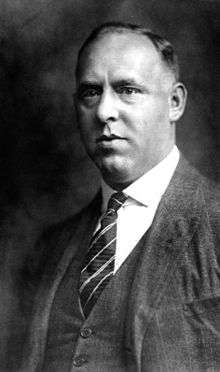Geisenfeld
| Geisenfeld | ||
|---|---|---|
| ||
 Geisenfeld | ||
Location of Geisenfeld within Pfaffenhofen an der Ilm district  | ||
| Coordinates: 48°40′N 11°36′E / 48.667°N 11.600°ECoordinates: 48°40′N 11°36′E / 48.667°N 11.600°E | ||
| Country | Germany | |
| State | Bavaria | |
| Admin. region | Oberbayern | |
| District | Pfaffenhofen an der Ilm | |
| Municipal assoc. | Geisenfeld | |
| Government | ||
| • Mayor | Christian Staudter | |
| Area | ||
| • Total | 88.33 km2 (34.10 sq mi) | |
| Population (2015-12-31)[1] | ||
| • Total | 10,930 | |
| • Density | 120/km2 (320/sq mi) | |
| Time zone | CET/CEST (UTC+1/+2) | |
| Postal codes | 85290 | |
| Dialling codes | 08452 | |
| Vehicle registration | PAF | |
| Website | www.geisenfeld.de | |
Geisenfeld is a town in the district of Pfaffenhofen, in Bavaria, Germany. It is situated on the river Ilm, 16 km (9.94 mi) southeast of Ingolstadt. The town grew up around Geisenfeld Abbey, a convent founded in 1037.
Subdivisions
Geisenfeld has twelve districts, formerly independent municipalities:
- Engelbrechtsmünster
- Gaden including Wasenstadt and Furthof
- Geisenfeld
- Geisenfeldwinden
- Ilmendorf including Einberg
- Nötting
- Parleiten including Eichelberg, Holzleiten and Scheuerhof
- Rottenegg including Hornlohe, Moosmühle and Brunn
- Schillwitzried including Schillwitzhausen, Schafhof and Gießübel
- Untermettenbach including Obermettenbach and Ziegelstadel
- Unterpindhart including Kolmhof, Untereulenthal and Obereulenthal
- Zell including Ainau, Ritterswörth, Unterzell and Oberzell
Sons and daughters of the town

Gregor Strasser 1928
- Gregor Strasser (1892-1934), national socialist politician, publisher and participant in Hitler-Ludendorff-Putsch
References
- ↑ "Fortschreibung des Bevölkerungsstandes". Bayerisches Landesamt für Statistik und Datenverarbeitung (in German). June 2016.
This article is issued from Wikipedia - version of the 11/7/2016. The text is available under the Creative Commons Attribution/Share Alike but additional terms may apply for the media files.
